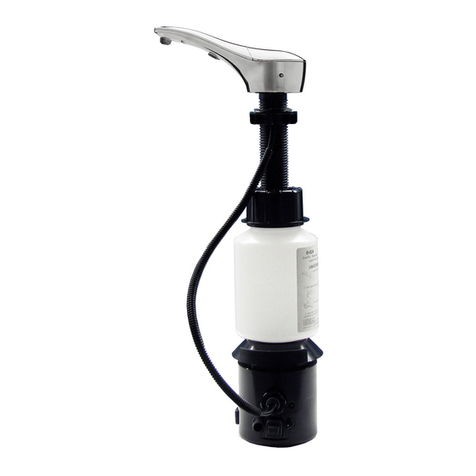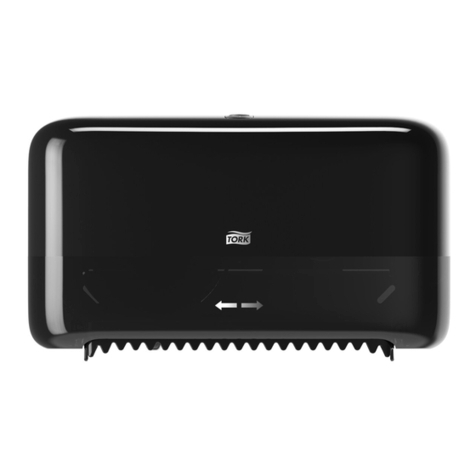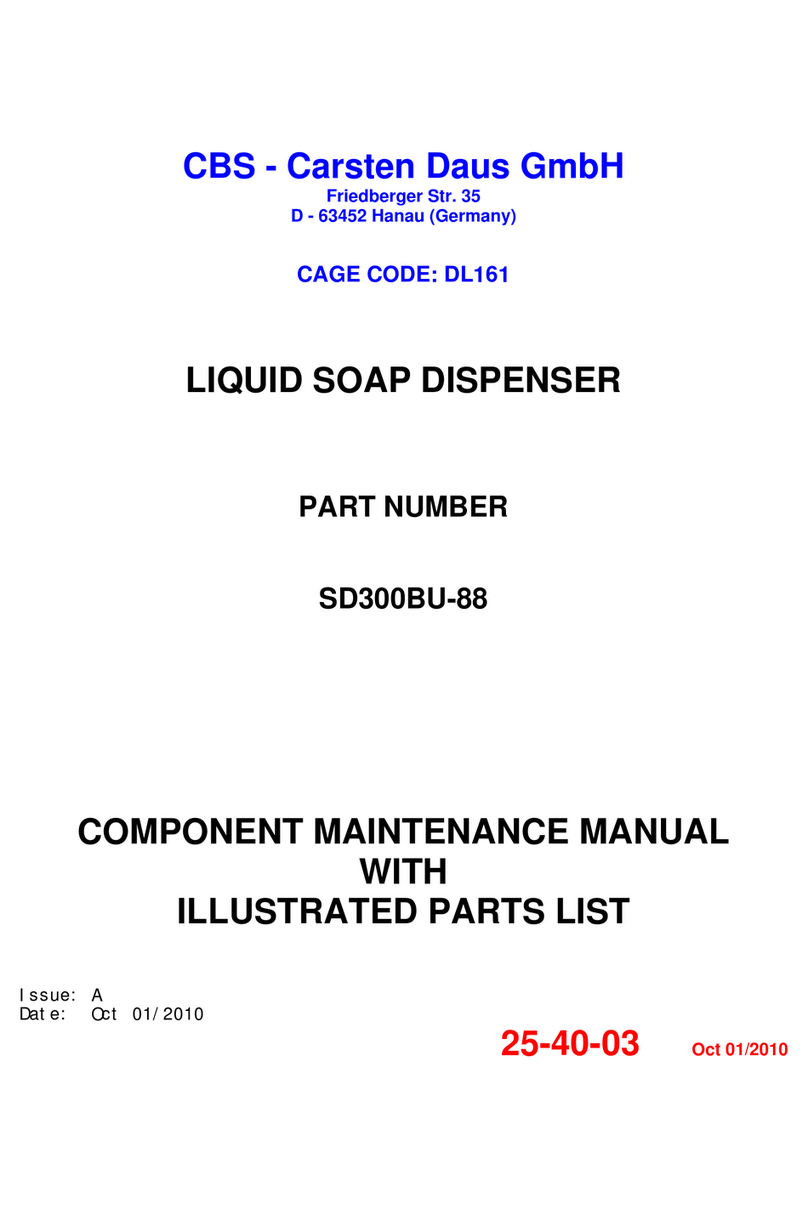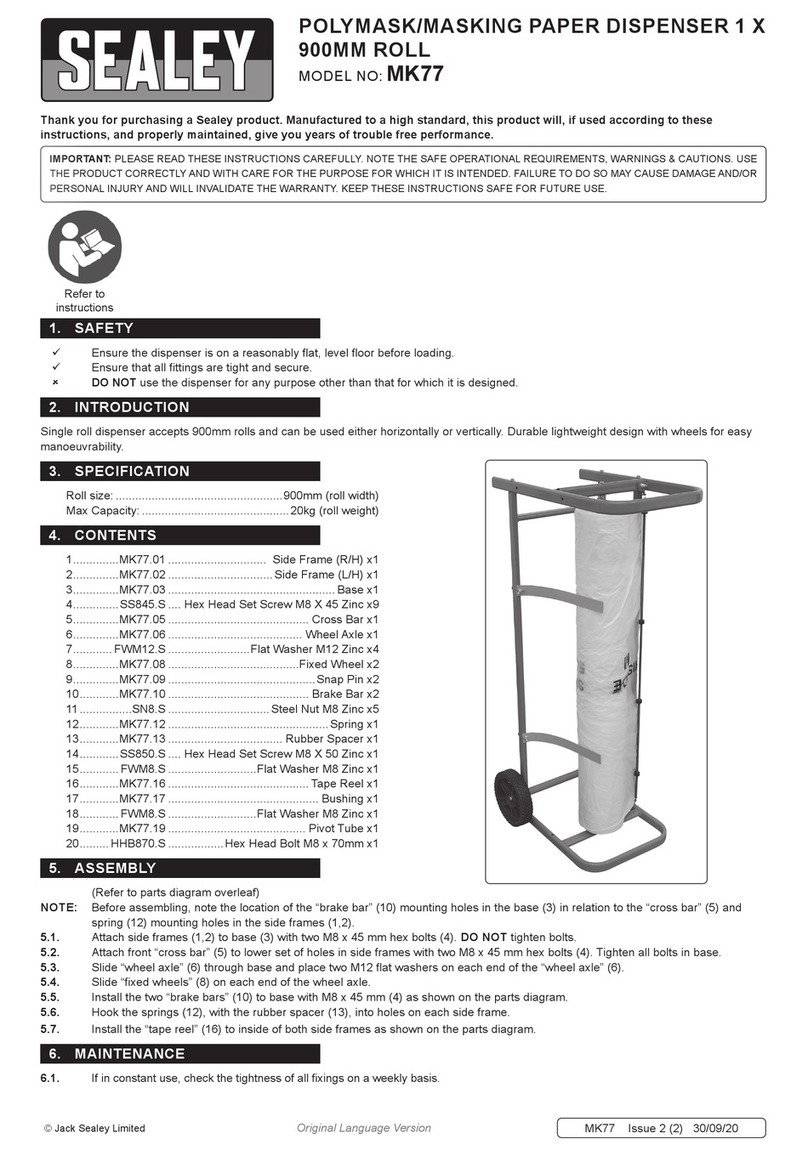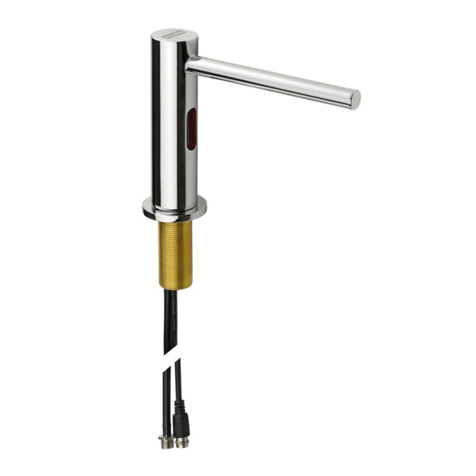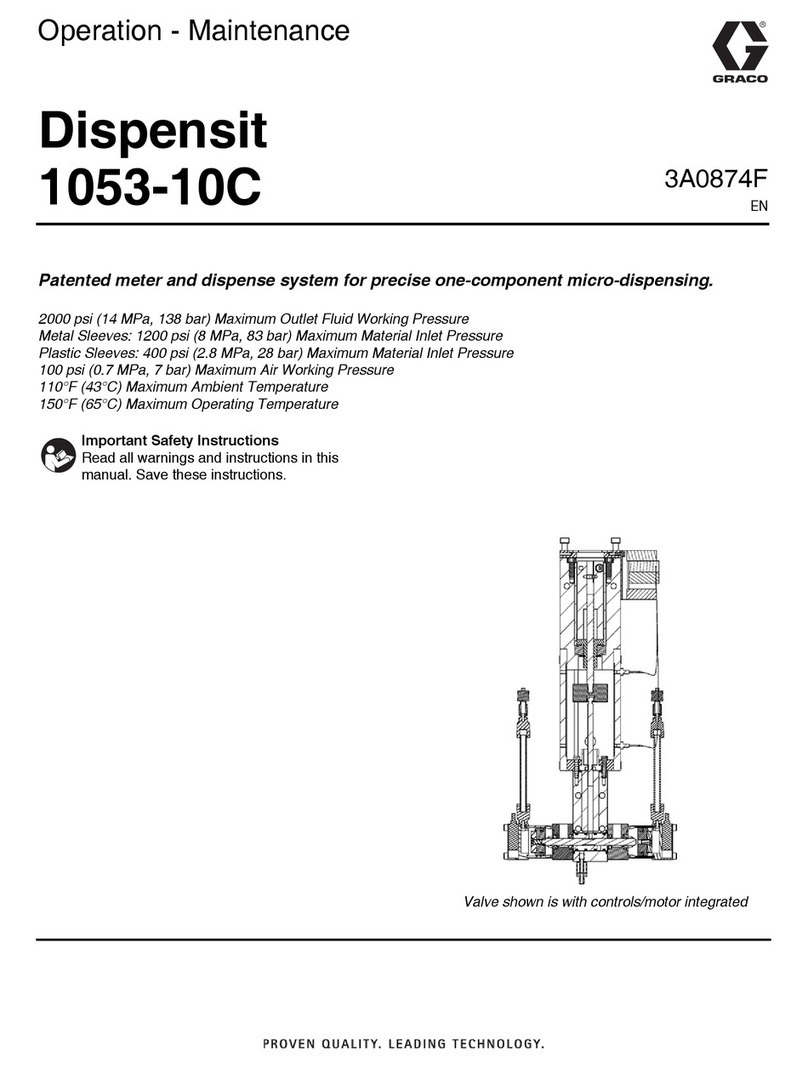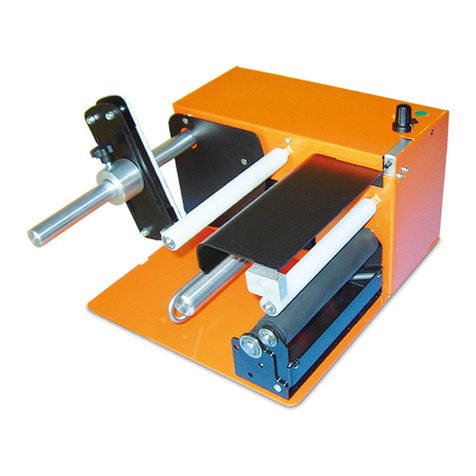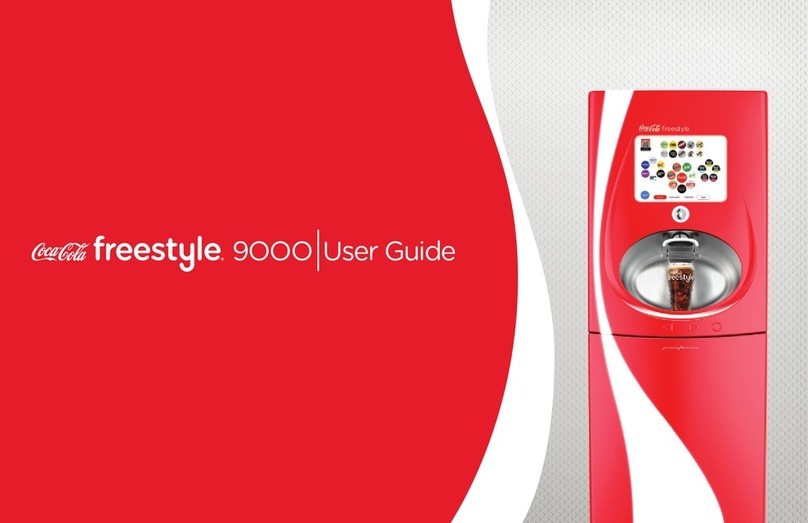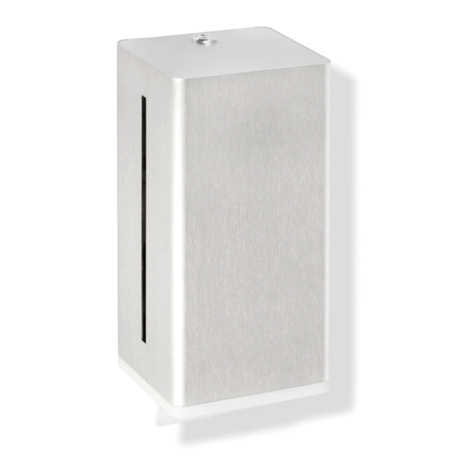Aquila Pelletizer PE80 User guide

2
Aquila
Triventek
A/S
·
Industrivej
9
·
DK-5580
Nørre
Aaby
·
Tel.
+45
70
22
12
92
·
info@
aquila-triventek.com
·
www.aquila-
triventek.com
Table of contents
1
INTRODUCTION
4
1.1
What
is
dry
Ice?
4
1.2
The
Dry
Ice
Pelletizing
Process
-
How
does
the
Pelletizer
function?
4
1.3
Pellet
Sizes,
Denominations
and
Applications
5
1.4
Storage
Tank
for
Liquid
CO2
supplied
to
the
pelletizer
5
2
SAFETY
6
2.1
Safety
data
for
Carbon
Dioxide
(CO
2
)
6
2.2
Safety
data
for
Pelletizer
PE80
8
3
EQUIPMENT
FOR
OPERATION
9
3.1
Delivery 9
3.2
Equipment 9
3.3
Connecting
the
equipment
9
3.3.1
Power 9
3.3.2
Hoses
10
3.3.3
Important
notice
before
start
10
4
OPERATING
THE
EQUIPMENT
11
4.1
Operation panel
-
Main
menu structure
of
the
PLC
11
4.2
Start-up
sequence
13
4.3
Re-start
sequence
13
4.4
Shut-down
sequence
14
5
ALARM
MESSAGES
15
5.1
Low
inlet
CO
2
error
15
5.2
Motor
protection
error
15
5.3
Power
supply
error
15
5.4
Emergency
stop
message
16
5.5
Low
oil
pressure
16
5.6
Low
oil
level
16
5.7
Error
Co2 16
6
STORING
DRY
ICE
PELLETS
17
7
OPTIMISING
PRODUCTION
OUTPUT
17
8
CHANGING
EXTRUSION
PLATES
17
DIP
-
D
RY
I
CE
P
RODUCTION

3
Aquila
Triventek
A/S
·
Industrivej
9
·
DK-5580
Nørre
Aaby
·
Tel.
+45
70
22
12
92
·
info@
aquila-triventek.com
·
www.aquila-
triventek.com
Table of contents
9
AUTOMATION
18
9.1
Power
supply
protection
system
18
9.2
Pressure
protection
system
18
9.3
Automatic
stop
when
supply
of
liquid
from
tank
is
closed
18
10
MAINTENANCE
18
10.1
Maintenance
intervals
18
10.2
Removing
the
cover
and
identification
of
main
components
20
10.3
Checking oil level (main oil pump)
20
10.4
Checking
oil
level
(gearbox)
20
10.5
Dismantling
and
inspecting
the
solenoid
valves
21
10.6
Inspection
and
renewal
of
inlet
filter
22
10.7
Inspection
of
the
gas
separator
23
10.8
Inspection
of
CO2
liquid
supply
and
level
sensor
24
11
CLEANING
THE
EQUIPMENT
24
12
STORAGE
24
13
RECOMMENDED
SPARE
PARTS
LIST
25
14
TROUBLESHOOTING
27
15
TECHNICAL
DATA
30
16
EC
DECLARATION
OF
CONFORMITY
31
17
GUARANTEE
32
18
DELIVERY
REPORT
33
DIP
-
D
RY
I
CE
P
RODUCTION

4
Aquila
Triventek
A/S
·
Industrivej
9
·
DK-5580
Nørre
Aaby
·
Tel.
+45
70
22
12
92
·
info@
aquila-triventek.com
·
www.aquila-
triventek.com
Introduction
We
are
pleased
that
you
have
chosen
the
Pelletizer
PE80
by
Triventek
for
your
company.
This technology is the subject of several pending patent applications worldwide, including US patent application No.
10/363,762 and European patent application No. 01960192.1.
To obtain long and trouble-free operation of the equipment we recommend reading this manual carefully. All new opera-
tors of the equipment should also familiarize themselves with the content of this document.
1.1
What is Dry Ice?
Carbon dioxide is a chemical compound formed by combining one atom of carbon with two atoms of oxygen and is
expressed by the chemical symbol CO
2
. It can exist in three states: a gas, a liquid or as a solid.
Dry ice is solid carbon dioxide (CO
2
). The unique property of carbon dioxide is that at normal, atmospheric pressure
and temperature, it changes state directly from solid to gas without going through a liquid phase. This process, called
sublimation, makes the ice ‘dry’.
Dry ice is stable at (minus) -7ºC 9/-109ºF, at atmospheric pressure. It expands up to 800 times by volume when it subli-
mes, and this property is exploited for instant cooling of food and pharmaceutical products during processing, trans-
portation and storage.
The properties of dry ice are also used for other industrial applications, such as dry ice blasting
(cleaning of machinery through thermal shock).
1.2
The
Dry
Ice
Pelletizing
Process
The Pelletizer takes liquid carbon dioxide from the carbon dioxide storage vessel and feeds it into the main pelletisati-
on chamber. Within the main chamber three injection valves are located to allow the liquid into the three compressing
chambers.
The volume of liquid CO
2
injected into the compressing chambers, and consequently the rate of dry ice production, is
determined by varying the valve opening time.
A sudden pressure and temperature drop occurs when the liquid enters the compression chambers, by which
approxi-
mately 50% transforms into ’carbonic snow’ and about 50% transforms into gas (known as ´revert´ gas).
The revert gas is usually
vented to the atmosphere and lost. However it can be recycled by connecting a Recovery Unit
RE80 to the Pelletizer PE80. Up to 90% of the revert gas can be re-compressed and chilled back to liquid state.
An electrical motor with a gearbox drives a crank shaft and 3 mechanical pistons in order to compress the carbonic
snow that has been retained in the compression chambers. The snow becomes a block of dry ice which is subsequently
pressed through extrusion plates to form ‘spaghetti’ strings. The strings will tend to break at the break line formed by
each compression stroke to make the characteristic ‘pellets’
.
DIP
-
D
RY
I
CE
P
RODUCTION

5
Aquila
Triventek
A/S
·
Industrivej
9
·
DK-5580
Nørre
Aaby
·
Tel.
+45
70
22
12
92
·
info@
aquila-triventek.com
·
www.aquila-
triventek.com
1.3
Pellet
Sizes,
Denominations
and
Applications
Pellets can be made in a variety of sizes (diameters) for different applications. The size (diameter) of pellets depends on
the size of the holes in the extrusion plate.
A set of 3 extrusion
for manufacturing
pellets of Ø3 mm (1/8”) is provided
with the Pelletizer PE80 as standard. The nominal production capacity of the equipment has been rated with this format.
Production capacity will be marginally different for pellet sizes other than 3 mm.
Size
Denomination
Applications
Ø 1,7 mm
(1/16”)
and
Ø 2,2 mm ( 3/32”)
”Micro-
pellets”
For dry ice blasting (cleaning) of ob-
jects and surfaces. They are used for
cleaning of objects and surfaces with
small cavities and fine patterns that
need to be penetrated with smaller
particles. Micropellets are for instant
use shortly after their production.
Ø 3 mm ( 1/8”)
”Rice
pellets”
/“traditional” pellets /
just “pellets”
For dry ice blasting and for quick coo-
ling of food and biopharmaceutical
products. Especially used in wineries
during the vintage season, in order
to
prevent premature fermentation of the
grapes.
Rice pellets (Ø3 mm) are used for the
vast majority of dry ice blasting / clea-
ning applications and should be used
no later than 3 days after production
in order to preserve the needed quality
and density.
Ø 8 mm ( 5/16”)
and
Ø 16 mm ( 5/8”)
”Nugget”
For cold chain applications (trans-
portation and conservation of food
and biopharmaceutical products).
Nuggets are mainly used for cooling
applications since the reduced ratio
of surface area to mass, reduces the
rate of sublimation. so that the last for
a longer period of time, before they
evaporate.
1.4
Storage
Tank
for
Liquid
CO
2
Dry
ice
manufacturing
starts
with
liquid
carbon
dioxide
flowing
to
the
pelletizer
from
a
storage
tank
where
The
liquid
is
held under pressures between 14-23 bar
(200-330 psi)
The
PE80’
Pelletizer’s
nominal
production
capacity
is
rated
at
a
pressure
of
18
bar
(260
psi).
DIP
-
D
RY
I
CE
P
RODUCTION
Table of contents
Popular Dispenser manuals by other brands
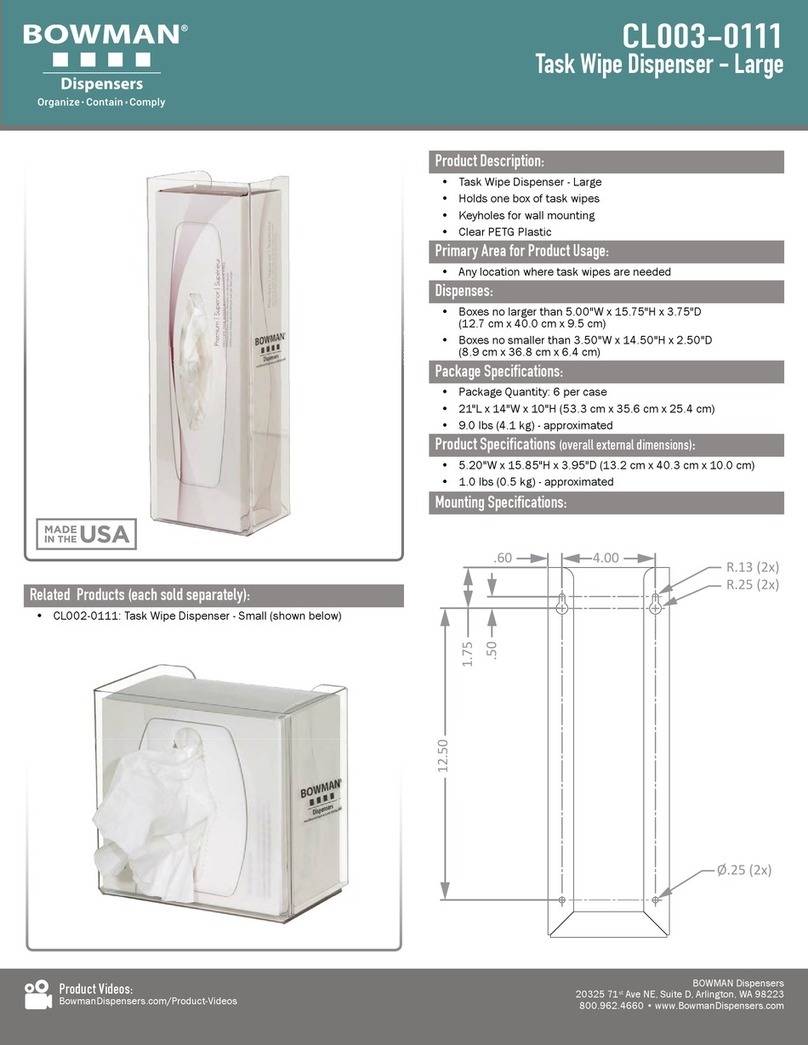
BOWMAN
BOWMAN CL003-0111 manual
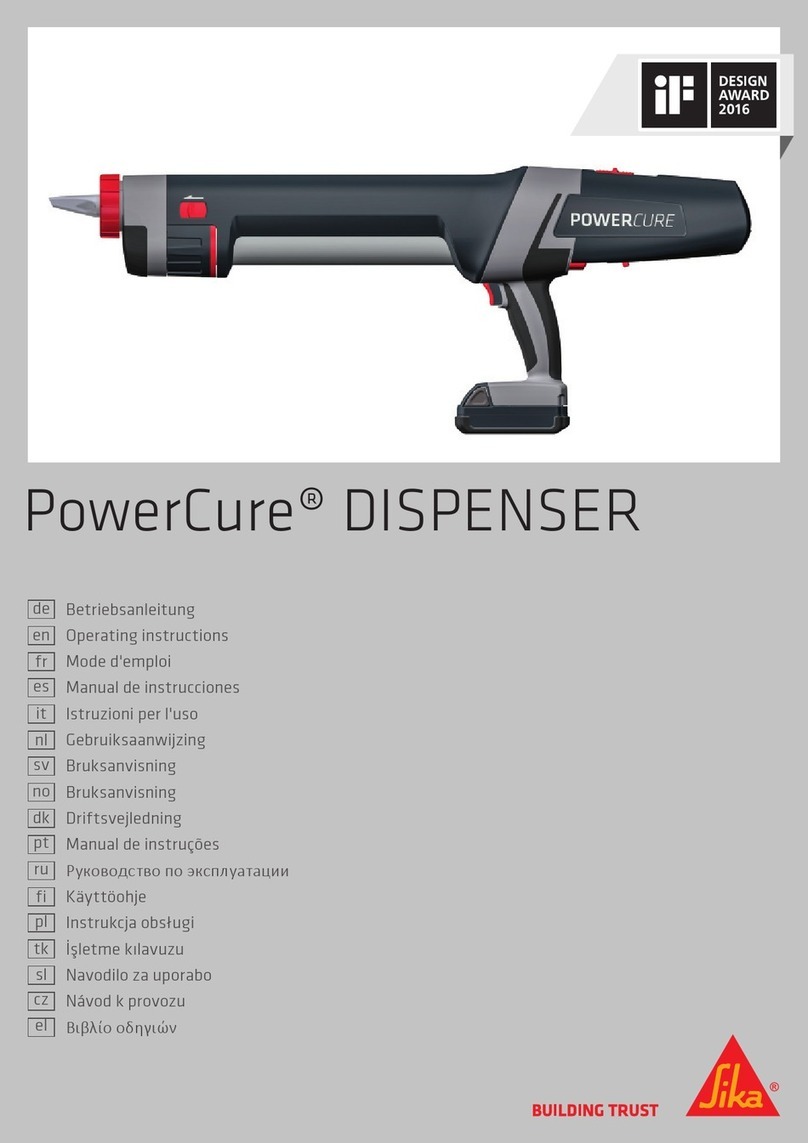
SIKA
SIKA Power Cure operating instructions

Silver King
Silver King Majestic SK12MAJ Technical manual and replacement parts list
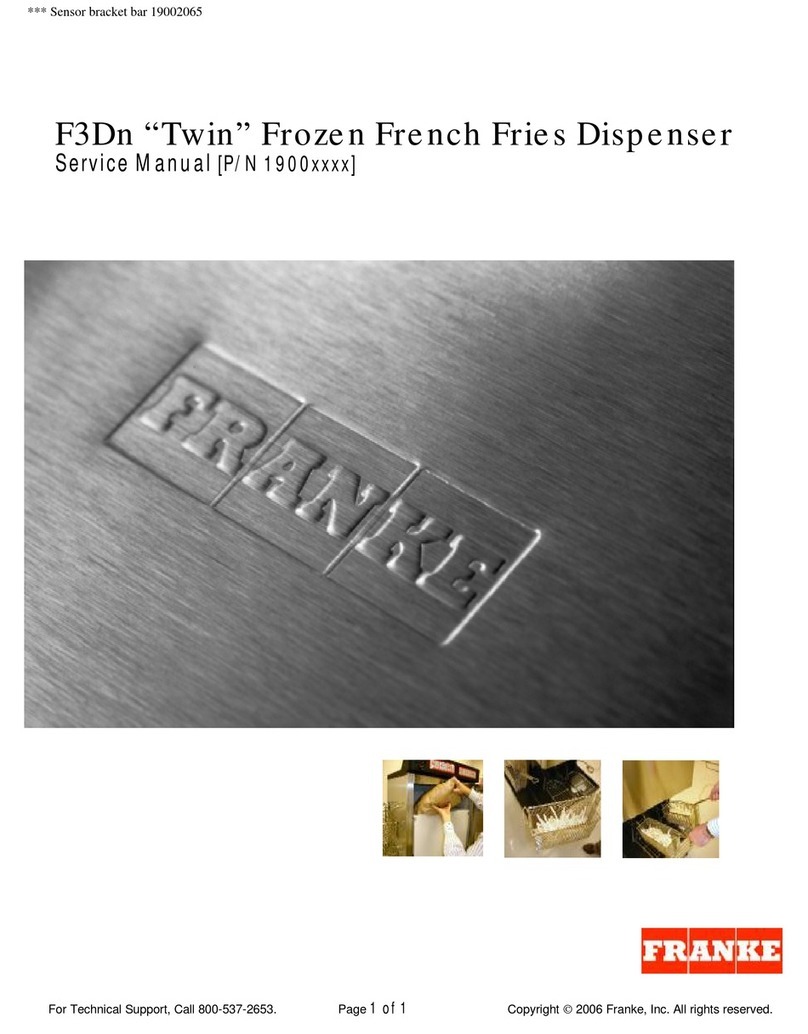
Franke
Franke F3Dn Twin Service manual
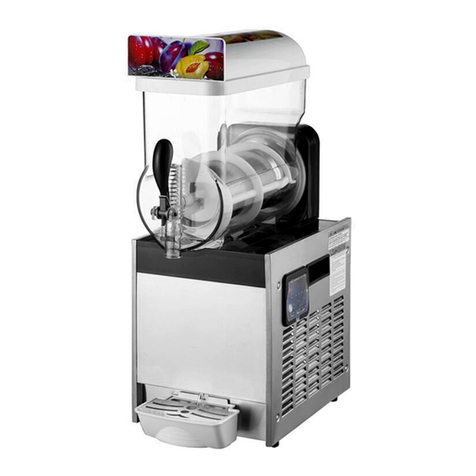
HURAKAN
HURAKAN HKN-MT1 manual

STIEBEL ELTRON
STIEBEL ELTRON UltraHot Plus Operation and installation instructions

